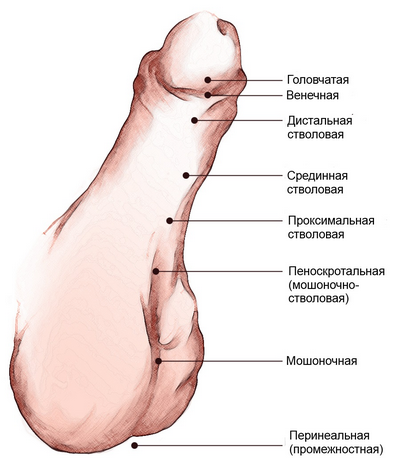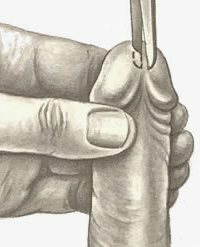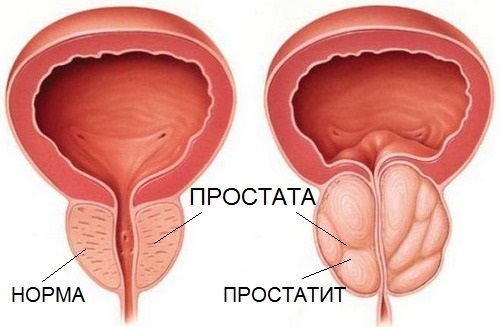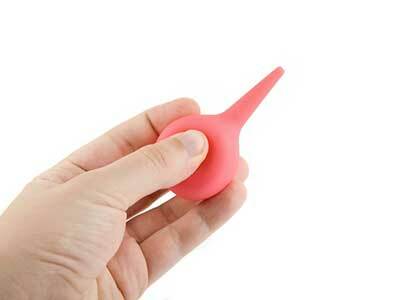Hypospadias in boys: congenital malformations of the genitourinary system
Among all the defects of intrauterine development in male patients, one of the most frequent is hypospadias - the displacement of the urethral opening relative to the normal physiological position. This disease is on the third place among all pathologies of the genitourinary system in children, second only to phimosis and meatostenosis. Hypopodium affects, mainly, boys. The female variant of the disease is extremely rare: it is a kind of casuistry. The incidence of the disease is 1-4% of the total male population of the planet.

Hypospadias - is a congenital disorder of the anatomical structure of the urethra, in which its opening does not open in the typical location( ie on the head), and on the back surface of the penis, perineum or scrotum
Content
- 1 reasons
- 2 Classification
- 3 disease clinical picture
- 3.1 Prestigious form
- 3.2 Scrotal form
- 3.3 Stem form
- 3.4 Venous form
- 3.5 Headform
- 4 Diagnostic measures
- 5 Can I do without an operation?
- 6 Treatment
- 7 Forecast
- 8 Complications after surgery
Reasons for
Hypospadias are caused by impaired normal differentiation of epithelial tissues during fetal development. As established by scientists, most often the problem occurs in the first trimester of pregnancy, when just laying the genitals. A significant role is played by the hereditary factor, which gives grounds for assuming a genetic predisposition to pathology: family cases account for about 20% of all cases. Children at greater risk are being conceived by the method of artificial insemination. Apparently, this is associated with a higher risk of complications during pregnancy.
Another reason is to develop a genetic disease due to chromosomal mutations( Patau Syndrome, Edwards Syndrome, etc.).
It is possible that a role play and diseases that have been transferred to the mother during gestation:. Colds, etc. Communication must be sought as to the impact on the body of a pregnant ionizing radiation, toxins, stress, causing a large release of adrenal hormones.
disease classification

hypospadias
Depending on the localization of the pathological process and the degree of the urethral channel dysfunction hypospadias the following types:
- crotch shape. The meatus( aperture of the urethra) is shifted to the perineal region.
- Scrotal type. Displacement occurs in the area of the scrotum.
- The stem. The opening opens in the region of the trunk of the penis.
- Venetian type. Meatus is located in the area of the coronal sulcus.
- Headset. The urethra is located at the base of the glans penis.
flight forms of the disease can be grouped as follows:
- first two forms refers to the rear hypospadias.
- The stem form refers to the average hypospadias.
- The latter two types are attributed to the anterior form of the disease.
Clinical picture The clinical picture varies from case to case and depends on the form of the disease:
crotch shape
occurs most often. It is characterized by splitting of the scrotum, small penis size, possible cryptorchidism. Determining the sex of the child is difficult.
Scrotal Form
The most severe type of pathology. It is characterized by cleavage of the scrotum. The penis is often underdeveloped. The sex of the child is also determined with great difficulty. Urination causes irritation and reddening of the skin of the genital organs.
Stem form
It is characterized by difficulty urinating, there is a deformation of the penis, the erection is extremely painful.
Venous form of
A typical symptom is a violation of urination. The urine pressure drops sharply, to exercise the act of emptying the bladder, you have to strain the muscles of the abdominal press.
The head form of
is considered to be the most light and widespread( occurs in 70-75% of cases).Urination is difficult, due to the narrowing of the meatus. The penis is deformed( by the type of curvature).
Diagnostic measures
Diagnostics does not present significant complications. As a rule, a quick visual inspection is enough. To determine the prevalence of the process shows the passage of ultrasound of the small pelvis. Hypospadias are an alarming sign that can indicate severe genetic diseases. Therefore, the child is required to consult a geneticist. Besides, regular consultations of the urologist, the endocrinologist are shown.
Is it possible to do without an operation?
Treatment is exceptionally prompt. There are no alternatives to surgical intervention. The question is only the amount of surgical treatment.

Meatotomy is a surgical operation performed to expand the urethral outlet of the urethra
Treatment
Surgical intervention is indicated. Surgical treatment has two purposes:
- Restoration of the anatomical integrity of the organ.
- Elimination of cosmetic defect.
Most often, operations are performed at the age of 1-3 years. In mild cases, the use of meatotomy is indicated. Complicated situations are corrected by urethroplasty - restoration of the urethra. The type and extent of the intervention is determined by the physician based on the severity of the congenital pathology.
Forecast
The prognosis in 70-90% of cases is favorable both for restoring the anatomic integrity of the penis, and in terms of correction of cosmetic defect. The prognosis of the preservation of sexual function depends on the severity of the lesion and the form of hypospadias:
- in posterior forms with scrotal dissection - the prognosis is unfavorable;
- at medium - conditionally unfavorable;
- in front forms, when surgical correction is most simple - the forecast is favorable.
Complications after surgery
- Stricture( narrowing) of the urethra is possible.
- Loss of sensitivity of the glans penis.
- Urethral fistulas.
Hypodspatia, which refers to congenital pathologies, in most cases successfully yields to surgical treatment. The success of correction, as well as the forecast, largely depend on the form of the disease. The main task of parents is to find a competent and experienced surgeon-urologist. In this case, the chances of a successful cure are much higher.
Recommended for viewing:



